Modern Masters has changed the formulation of the iron oxidizing paint. It used to be thicker based on Bob Martin's video of weathering the Nautilus. I just picked up a bottle to do weathering on my Nautilus. Does anyone have experience with the new formulation? It used to be mixing up vinegar and iron paint about 1:1 and mixing. Wash the Nautilus with this and let it dry(rust), then wipe down. Let me know. Thanks in advance.
Rusting Effects with Modern Masters Iron Paint-new formulation?
Collapse
X
-
Tags: None
-
I can't speak to the 'new' formula. But you are out of sequence.Modern Masters has changed the formulation of the iron oxidizing paint. It used to be thicker based on Bob Martin's video of weathering the Nautilus. I just picked up a bottle to do weathering on my Nautilus. Does anyone have experience with the new formulation? It used to be mixing up vinegar and iron paint about 1:1 and mixing. Wash the Nautilus with this and let it dry(rust), then wipe down. Let me know. Thanks in advance.
You don't introduce the acid (vinegar, Ferric Chloride, etc.) till after you have coated the work with this 'paint', neat. Only after it has dried do you apply the acid and watch the transformation. A heat gun will make the work go faster. You can scrub and streak the stuff to get the desired effect.
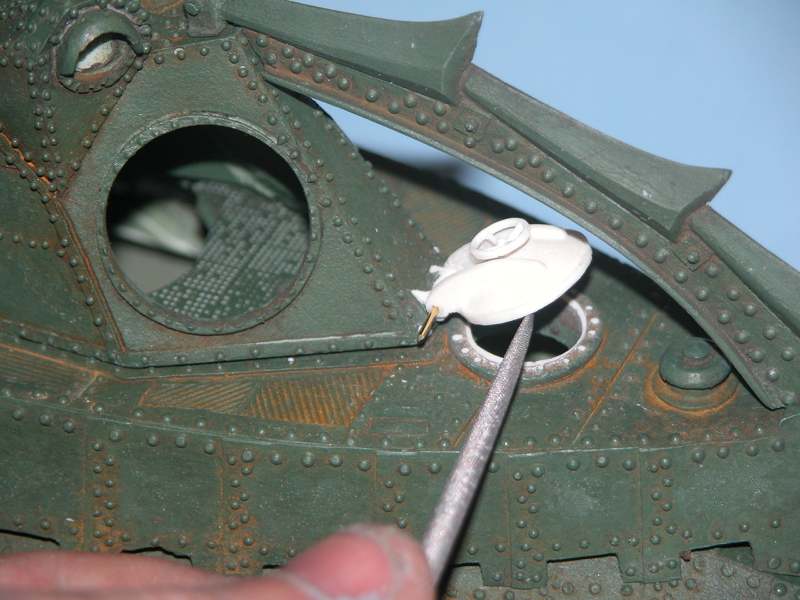
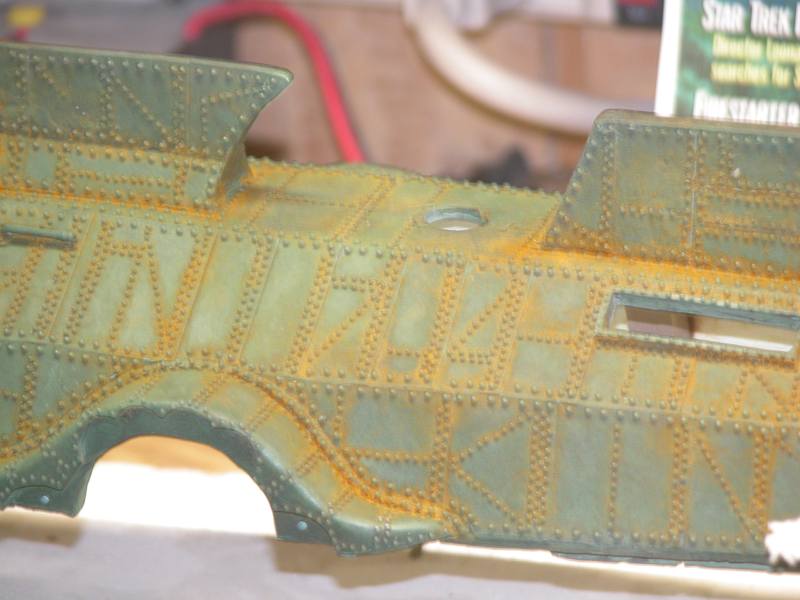
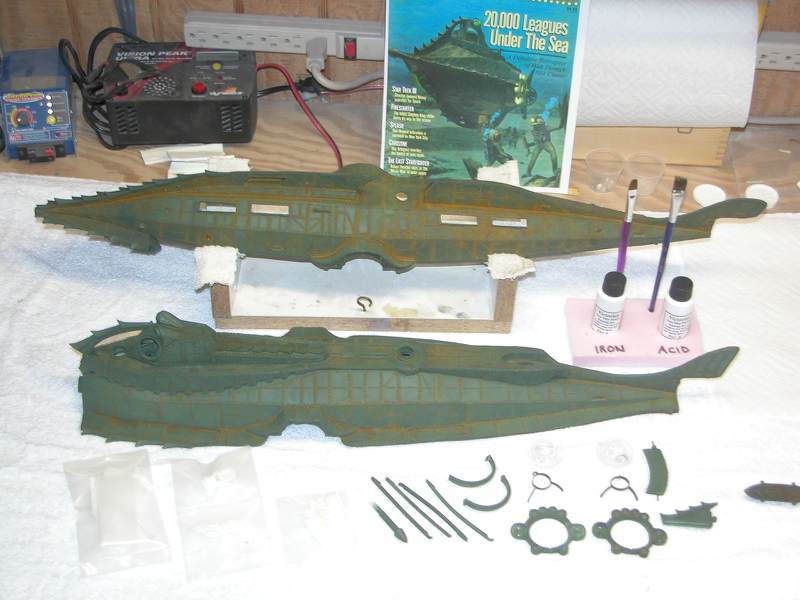


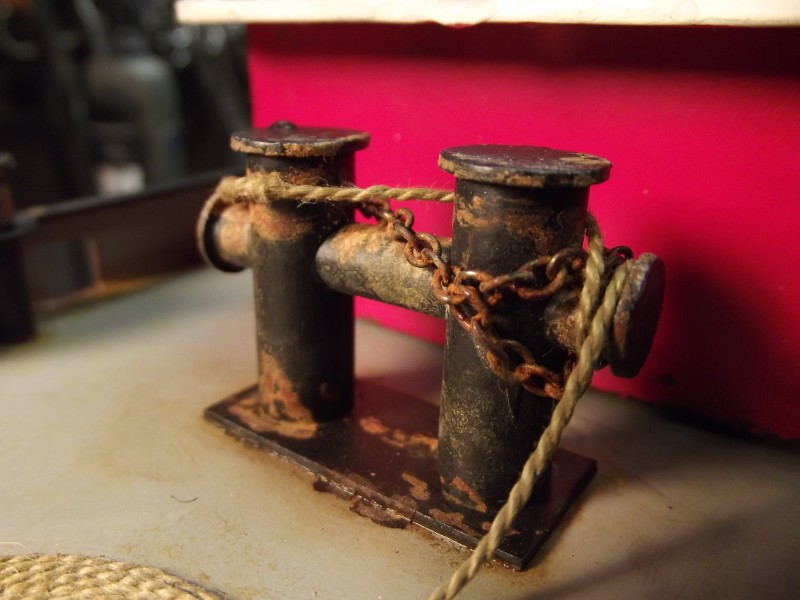
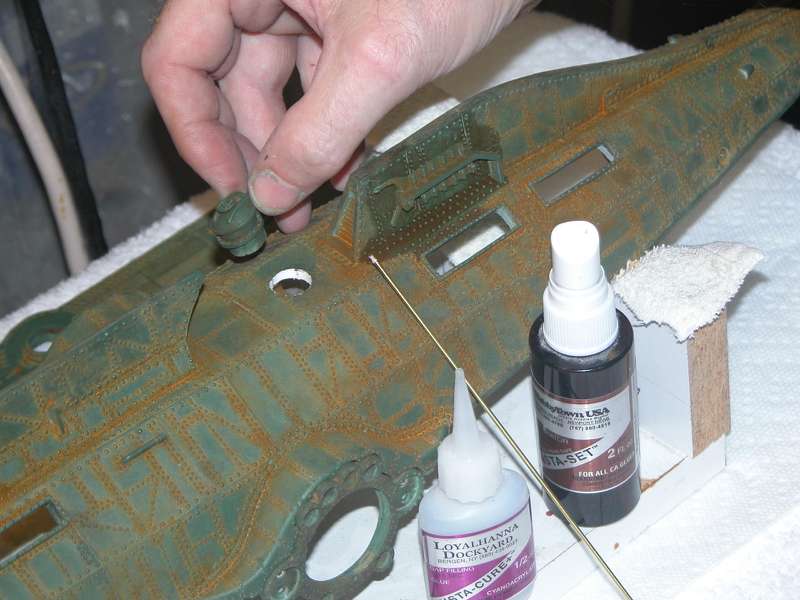
DavidWho is John Galt? -
Thanks David! This was the methodology I was following by Bob Martin posted in this video: https://m.youtube.com/watch?v=r8DmtnCI4lo. He also goes thru the same methodology in part 2 (3?) of the Nautilus build.Comment
-
-
I did see another methodology to create rust powder using bleach (Sodium hypochlorite),vinegar, and fine steel wool. After the steel wool has fully oxidized, you filter the powder and let it dry. I saw this and was wondering if you could use this as a weathering powder. Seal it with a very light spray (dusting)of clear satin?Comment
-
make your own: Get a bag of fine iron fillings, https://www.amazon.com/Eisco-Labs-Fi...e+iron+filings
Mix into a water soluble slurry (watered down school-glue); brush on and wait to dry; brush on acid and wait for the iron fillings to oxidize; with a damp rag (brush in some cases) wipe away the excess 'rust'. Mix up some water spiked with baking soda (the high pH to kill the acid) and immerse the work with it in it to get rid of the acid that otherwise might react with further weathering agents and the protective clear-coat; rinse and dry. The work will continue to oxidize till you overcoat with a clear-coat.
DavidWho is John Galt?Comment
-
I was actually thinking along the lines of this early this AM. I was looking into getting iron powder. Add it to a base to dilute to make a wash. Wash the boat. Let it dry. Use a solution of hydrogen peroxide,white distilled vinegar,salt. The rust should be instantaneous or very shortly thereafter. I am going to do some testing on scrap first. Thanks David!Comment
-
Comment
-
Please post photos. This is a great topic and we all can learn from this ( well except one person who I shall not name - he knows everything already) :-)If you can cut, drill, saw, hit things and swear a lot, you're well on the way to building a working model sub.Comment
-
Will do! I am at work right now, but as soon as I get home, I'll head down to the lab (Basement) and start the process.Comment
-
Who is John Galt?Comment
-
I wanted to try that new formulation of modern masters iron paint since I bought the darn thing. Methodology 1: mix paint 1:1 with water and then brush in the vinegar,hydrogen peroxide,salt(VHS) you can see that the oxidation is very apparent. We will see how it looks after it is dry. Methodology 2: is just the paint mixture with water. After it is dry, I will dab in the VHS solution and see how that looks. Methodology 3: mix the paint with VHS solution 1:1 and dab on. Let sit for about 5 min,then brush in more VHS solution. Methodology 4: apply a thicker coat of the paint/VHS solution and let it dry. It is a bit foamy which is from the hydrogen peroxide. After #4 is dry, I will brush in some VHS solution. Methodology 5: is a lighter coat of paint and VHS solution. I will let that dry and then brush on some more VHS solution. Stay tuned. I am also going to order some very fine iron powder and try that in a base and follow very similar steps.1 PhotoComment
-
-
Before I forget, the VHS solution is this: in an open glass jar, add 1/2 tablespoon of salt, then add 2 ounces of Distilled White Vinegar. You then add 16 ounces of 3% hydrogen peroxide solution. Let the salt completely dissolve. This is VHS solution.Comment




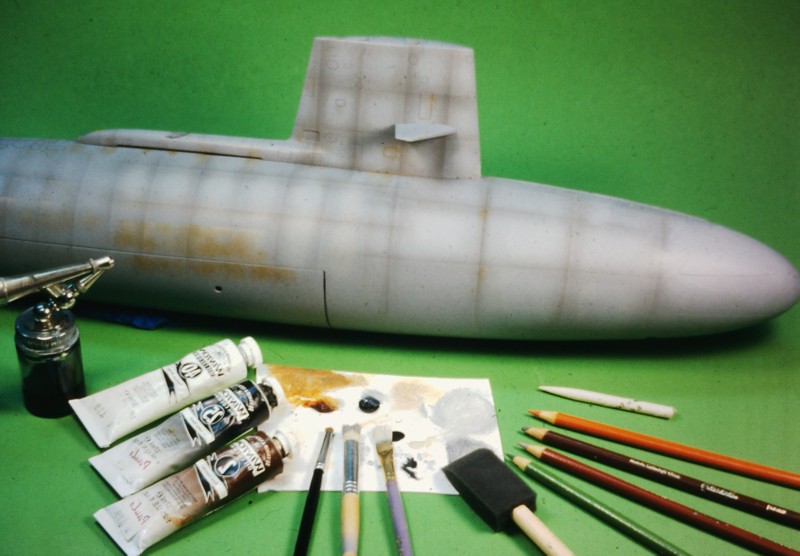
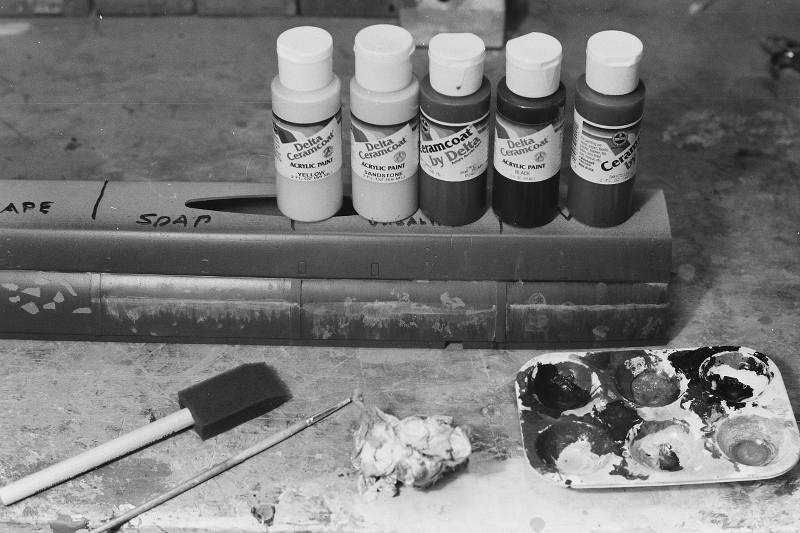
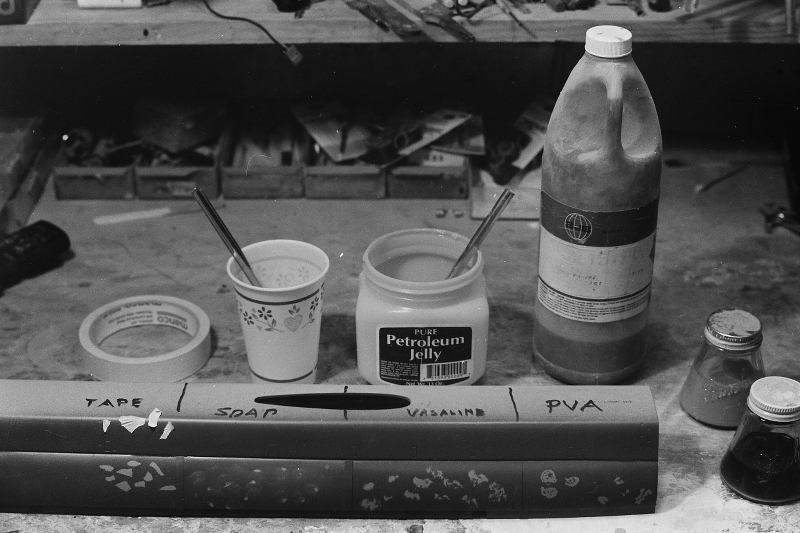
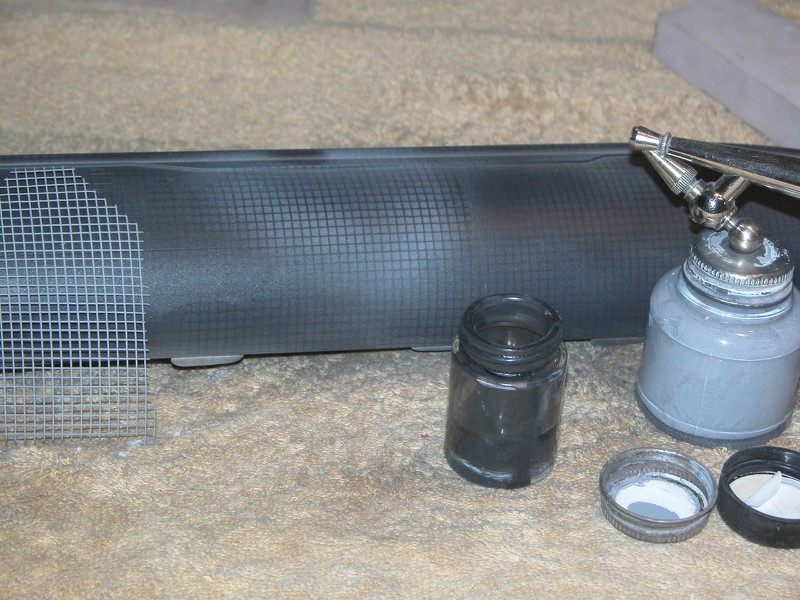
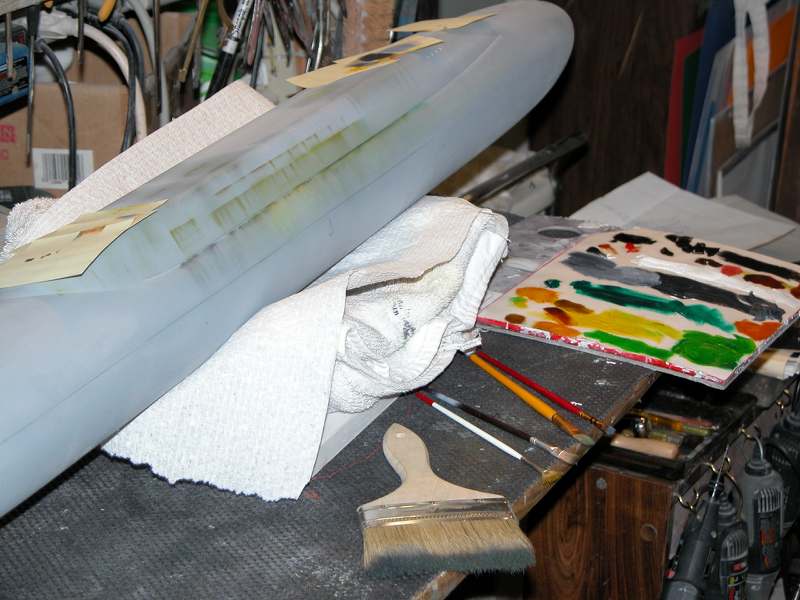
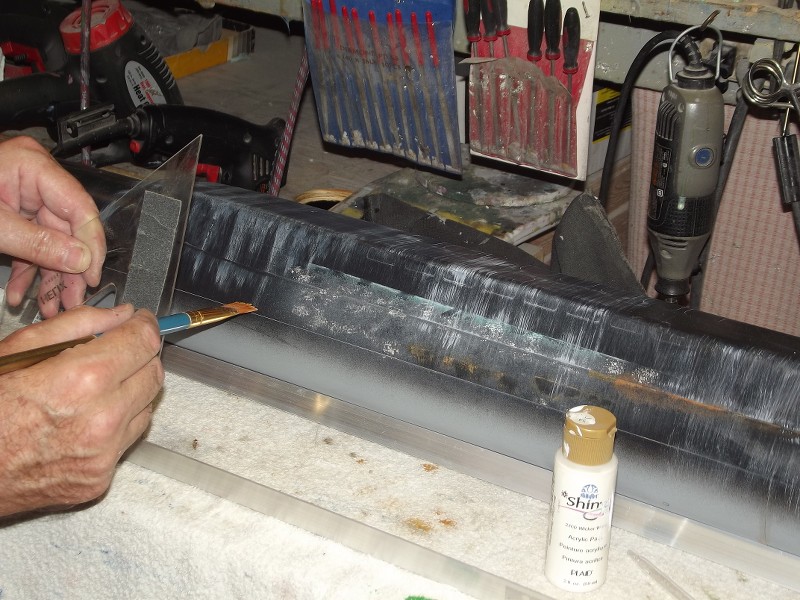


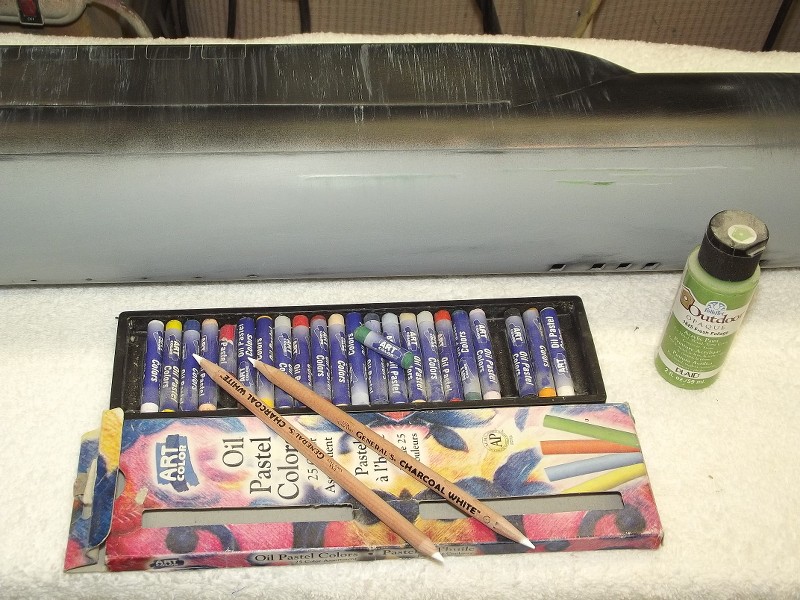
Comment